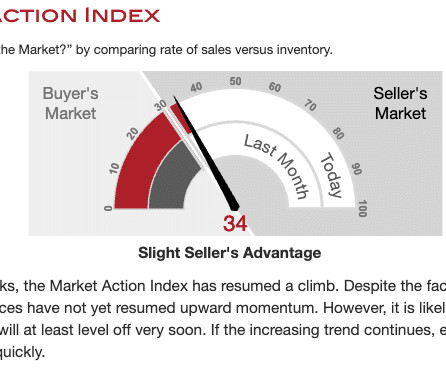Buyer’s Market vs Seller’s Market: What’s the Difference?
The Close
FEBRUARY 20, 2024
Competition is lower for a home, and the number of days on market increases for listings. A buyer’s market can be determined by calculating the months of inventory. Anything more than six months is traditionally considered a buyer’s market. In this scenario, sellers have the upper hand in negotiations.














Let's personalize your content